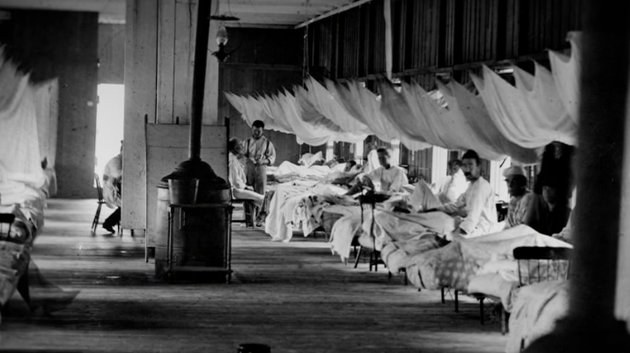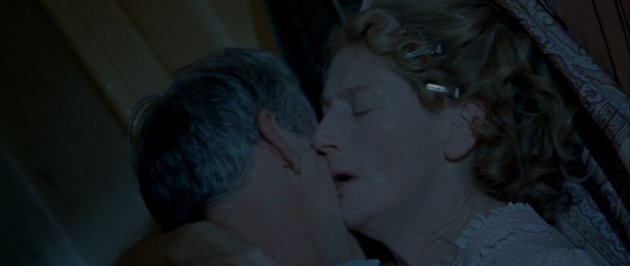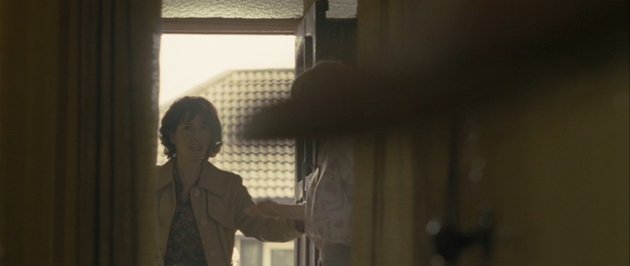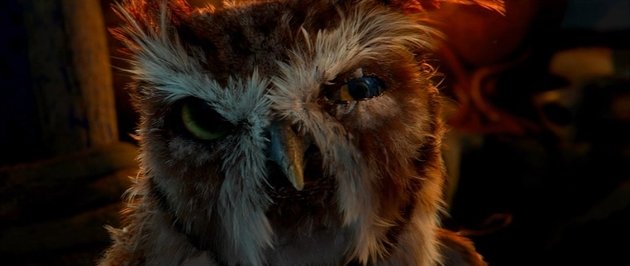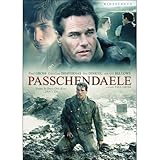from USA Today:
http://www.usatoday.com/life/movies/news/story/2012-05-16/greg-gadson-battleship/55030538/1
Veteran’s battle to survive carries him to Hollywood
By Scott Bowles, USA TODAY
LOS ANGELES – Greg Gadson’s departure from Baghdad was a sudden one.
Gadson, a lieutenant colonel with the Second Battalion and 32nd Field Artillery, was returning from a memorial service for two soldiers when his vehicle passed a roadside bomb on May 7, 2007.
Gadson remembers the detonation sending his body tumbling through rubble, then medics placing him on a stretcher in a helicopter, his severed feet sitting in his lap. He awakened days later at Walter Reed Army Medical Center in Washington, D.C., his legs amputated above the knees.
“When you come to grips with the injuries like that, you don’t think of anything in your future,” he says. “I never imagined anyone outside the military would be interested in me.”
Turns out a lot of folks were, including the New York Giants and now Hollywood. Gadson makes his acting debut in Battleship, playing Lt. Col. Mick Canales, a vet struggling with recovery much as Gadson did.
A 24-year veteran and director of the Army’s Wounded Warrior program, Gadson says his goal in rehabilitation was never to become a spokesman for the wounded. It was just to walk again.
Not only would he regain mobility on “power prosthetic” legs — artificial limbs equipped with gyroscopes, accelerators and hydraulics to emulate a knee — Gadson would become a symbol of recovery. After the news media picked up his story, he began fielding offers to be a motivational speaker.
His accepted, including making a pregame speech to the Giants before they won the 2008 Super Bowl.
Gadson tailored a simple but resonant theme: “Whenever you have a formidable task, instead of looking up, look down. Literally take it one step at a time. You’ll be overwhelmed by the broader view.”
Battleship director Peter Berg was overwhelmed by Gadson’s story. He read an article about the soldier in National Geographic and tried for three weeks to offer him a part in the movie. But every time he called, Berg — who is built like a lineman and cusses like a sailor — was met with skepticism.
“He kept thinking I was an Army buddy trying to prank him,” says Berg, who introduced Gadson at Battleship’s L.A. premiere to a standing ovation. “I finally had to fly out to D.C. to convince him. He’s a badass.”
A former West Point football player, Gadson waved off his double for the movie’s stunts, including a fight scene with an alien.
“I know it’s clichéd, but this guy is a walking example of positive energy,” Berg says. “He has no sense of self-pity. You wouldn’t believe the energy he brought to the set.”
Gadson says he is open to more film roles, as long as they don’t interfere with his current mission.
“As a service member, there are a lot of people who have endured what I have, but their paths won’t be highlighted,” Gadson says. “I want to speak up for them. I know we’re not promised tomorrow. But there is a road ahead.”


